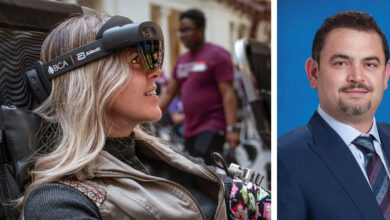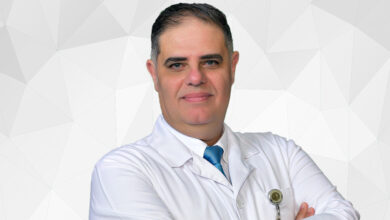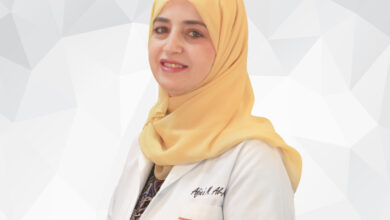Baylor St. Luke’s Strong and Supportive Mission and Integration Team
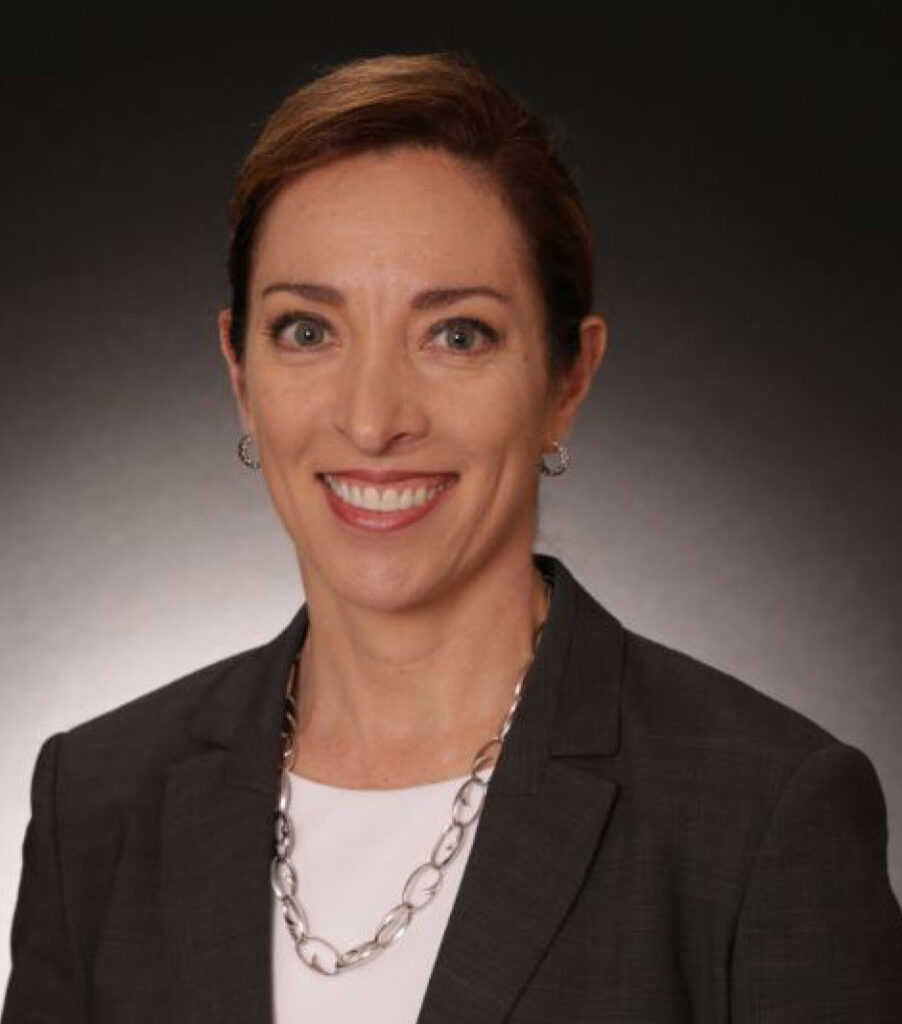
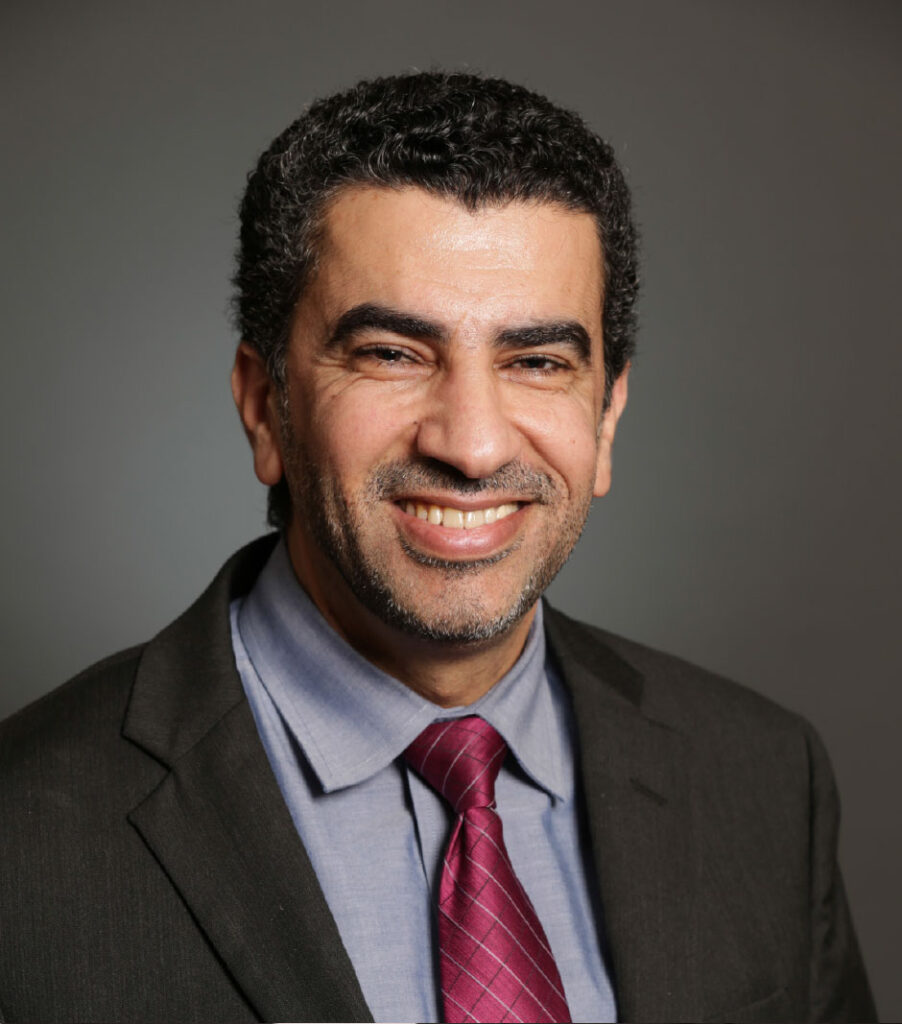
Baylor St. Luke’s have worked to expand access to virtual care services, by offering patients the option to schedule virtual visits as a convenient and safe care option. ‘Hospitals’ met Liz Youngblood, President Baylor St. Luke’s Medical Center & SVP / COO Texas Division, CHI St. Luke’s Health, and Sal Ababneh, Vice President of Operations, Baylor St.Luke’s Medical Center.
How are you responding to the COVID19 crisis? And what are the steps you are taking to limit its spread?
Our care sites have closely monitored all developments with COVID-19 since the very beginning and continue to identify, immediately isolate, and treat any potentially infected patient while also following the latest guidance from the Centers for Disease Control and Prevention (CDC) and these public health agencies.
To prepare for a surge of COVID-19 patients and ensure we could provide these patients with the safest care, our facilities have not performed most scheduled procedures since mid-March. Our first priority in doing this was to ensure we were focused on the safety of our employees and providing quality care for our patients.
Now that we have gradually starting to perform some of these elective procedures, many precautions will stay in place, including enhanced cleaning of our facilities, limitations on visitors, requirements that all patients and staff wear masks, screenings for anyone entering our care sites, and social distancing once inside.
We also require that patients coming in for certain procedures are tested for COVID-19 testing prior to the procedure to provide appropriate care and reduce the risk of infection for caregivers.
The coronavirus crisis is placing a huge strain on the healthcare system worldwide, how are you coping with this? And what lessons can we learn for the future?
The pandemic has without a doubt put a strain on our resources and our employees, who are our greatest assets. During this time, we have had to quickly adjust and pivot how and what type of care we provide and had to come up with creative ways to expand our ability to care for infected patients while enhancing protocols to protect patients and staff.
To protect employees and in response to the need for more negative pressure rooms, Baylor St. Luke’s has worked with startup companies to make 3D-printed face shields available to employees, as well as work with colleagues to develop reusable gowns and establishing reprocessing and sterilization protocols for N95 masks so employees would have a clean mask each day.
Additionally, staff at Baylor St. Luke’s worked together to convert a 50-year old patient floor into a COVID-19 unit and build an ACU or aerosol containment unit to protect hospital healthcare workers and patients during the intubation process for critically-ill patients. It’s a plexiglass type of box that allows doctors to safely access patient airways during intubation. Each box is designed with two arm holes for unrestricted arm movement during the tracheal intubation process of COVID-19 patients. A third hole attaches to an HVAC unit which in essence is pulling air inside the box and pulling air through a Hepa filter, which is designed to filter out the virus. These plexiglass acrylic intubation boxes protect doctors and nurses from exposure to airborne droplets and aerosols. We have also adopted new technology, such as the Butterfly IQ, a portable point-of-care ultrasound device that can be used in critically-ill patients while decreasing the risk for contamination.
Overall, this experience has reinforced the importance of making clinical decisions based on evidence and scientific research, as well as following guidance from our clinical leaders.
We are starting to hear about healthcare lessons for the post corona World, what is your vision and the policies you will be adopting for the coming period?
We have worked to significantly expand access to virtual care services for the communities we serve. We have been offering patients the option to schedule virtual visits as a convenient and safe care option for our patients.
We see this trend continuing and hope becoming the norm for patients with chronic conditions who need medicine management and follow up visits. The use of technology to communicate with patients’ family members and physicians and experts across the world is something we will continue to embrace post-pandemic, as well as improved communication with physicians and staff.
How do you rate your preparedness during the pandemic? And what are the difficulties you faced during this time? What about the shortage in medical supplies?
All of our facilities have pandemic and surge capacity policies and training that we have refined over the years with learnings from other pandemic outbreaks. Our facilities have always invested in infection control and prevention, so while preparation for COVID-19 has kept our infection control teams and numerous other staff working hard, we understand that investing in preparation is the best course of action.
Our emergency preparation coordinators at our facilities and our infection prevention leaders are continuously updating our policies and procedures in real-time to best respond to the latest developments with COVID-19 in order to meet the needs of our patients and communities.
Unlike influenza, testing was not immediately available, and that has created a challenge. It meant that we had to take precautions in the intervening time while we tested and awaited the results of a potentially-infected person, known as “persons under investigation” (PUIs). This is also a disease the world still knows very little about and there isn’t a real treatment, vaccine or therapy to treat the disease.
We addressed the potential shortage of PPE by helping our workers understand when, whether and how to use PPE and by working with suppliers around the world to obtain additional supplies. Baylor St. Luke’s Medical Center has been working non-stop to ensure that all team members who need personal protective equipment (PPE) have the right equipment, at the right time and are using it correctly.
Restrictive visitor policies have also posed challenges for hospitals across the country; it has made us realize how much more important the role of a caregiver and family member is when it relates to the well-being of a patient. Our frontline workers have had to take on a much greater role than ever before when dealing with end of life situations and helping families stay connected to their loved ones utilizing technology. We are fortunate that we have a strong and supportive mission and integration team, so our chaplains have played an integral role in the spiritual healing of patients and staff.
Do you see the necessity in changing and transforming global health development and expenditure?
This pandemic has created a renewed sense of urgency surrounding our need to address health inequities and working collaboratively to address global health needs. We need to work together to not just develop ways to treat diseases but always ways to prevent them. By aligning our efforts and promoting transparency we can make a difference.
COVID-19 brought together many different people and organizations and demonstrated how everyone plays a key role in addressing significant healthcare issues.
We do see this experience as an opportunity for countries and organizations to reexamine their supply chain processes for critical health and livelihood related products. For instance, before the pandemic, half the surgical masks made globally came from China. Industries such as the pharmaceutical and medical supplies industries are going to have to look for partnerships to produce domestically as well as using the global supply chain to be better prepared for the next pandemic.












